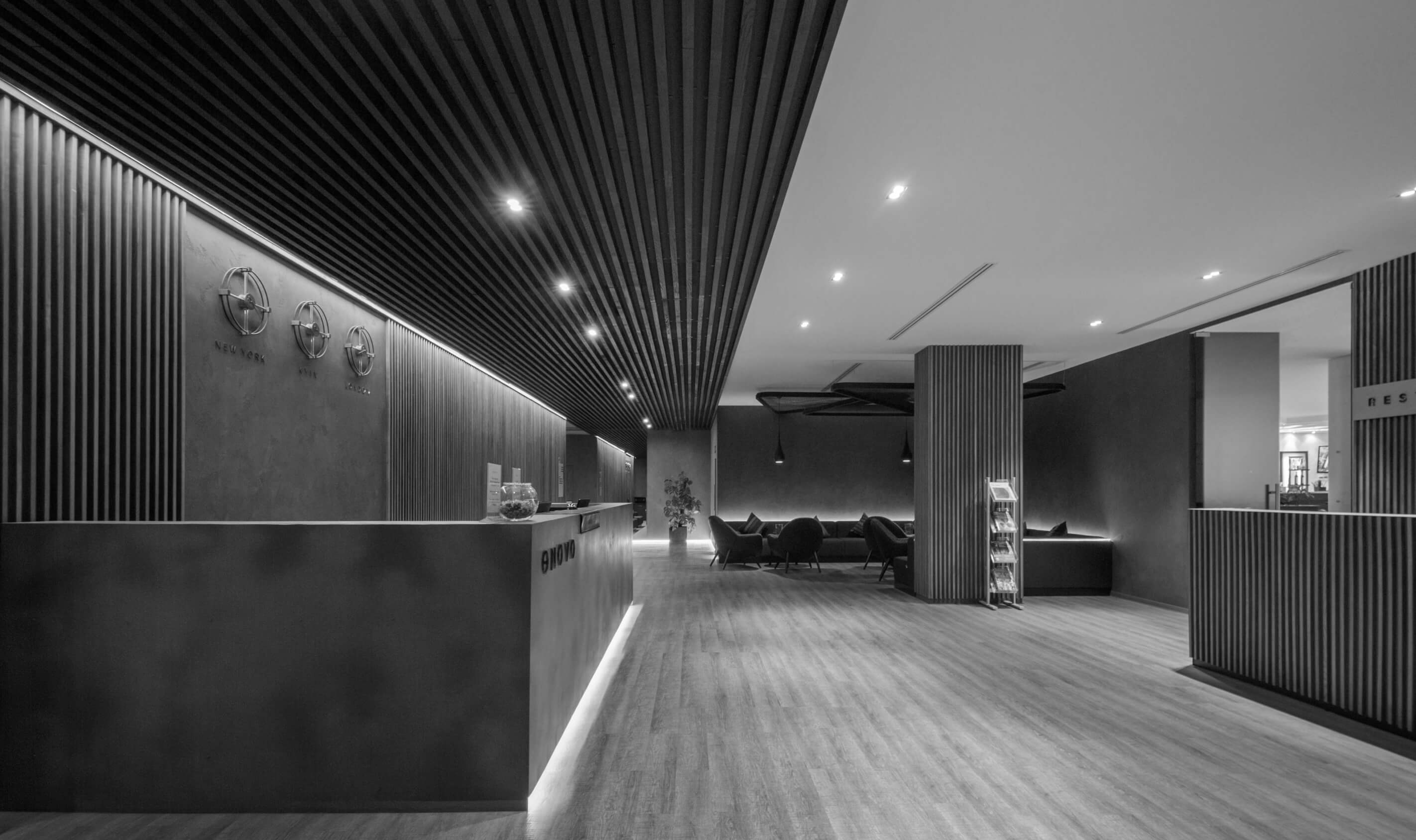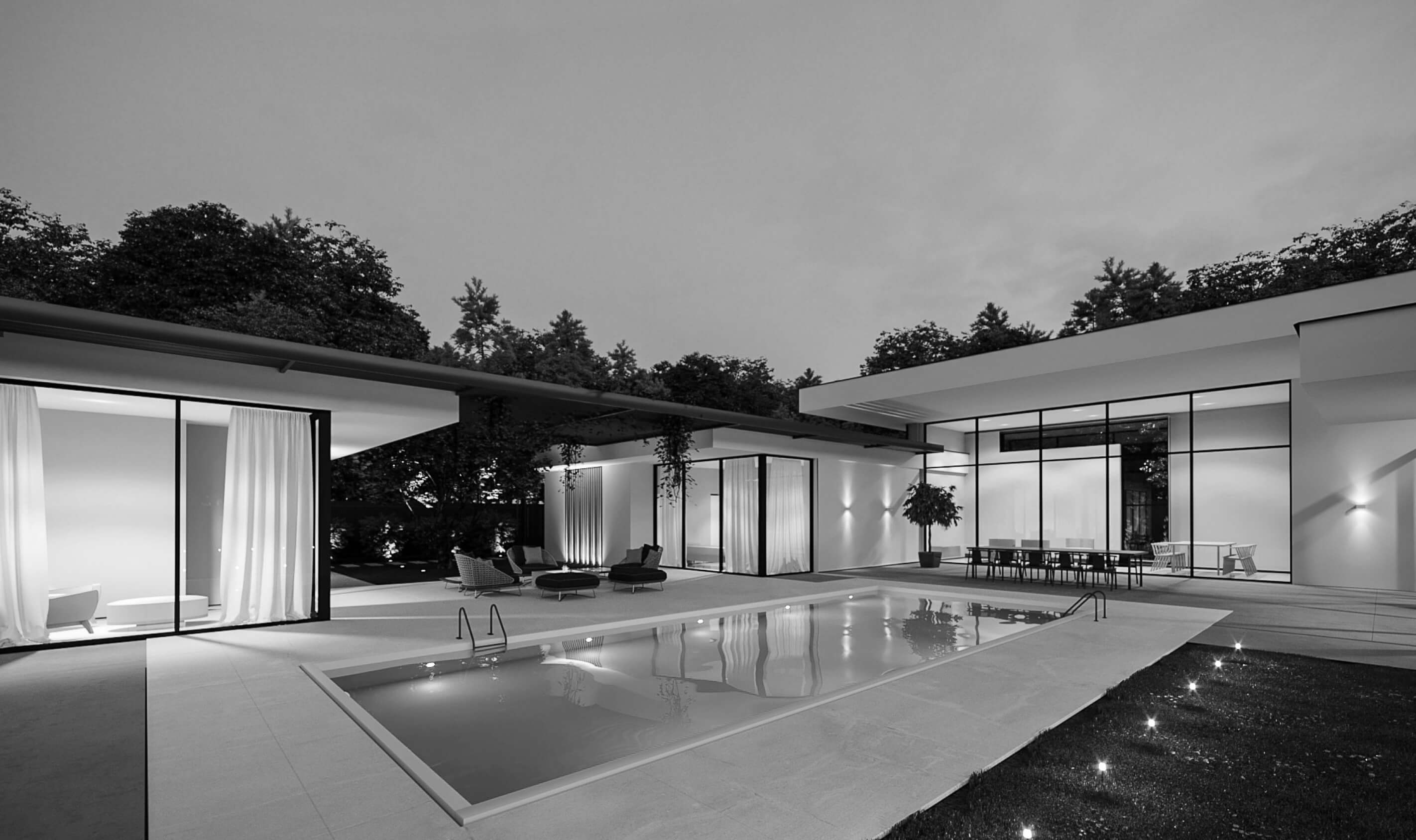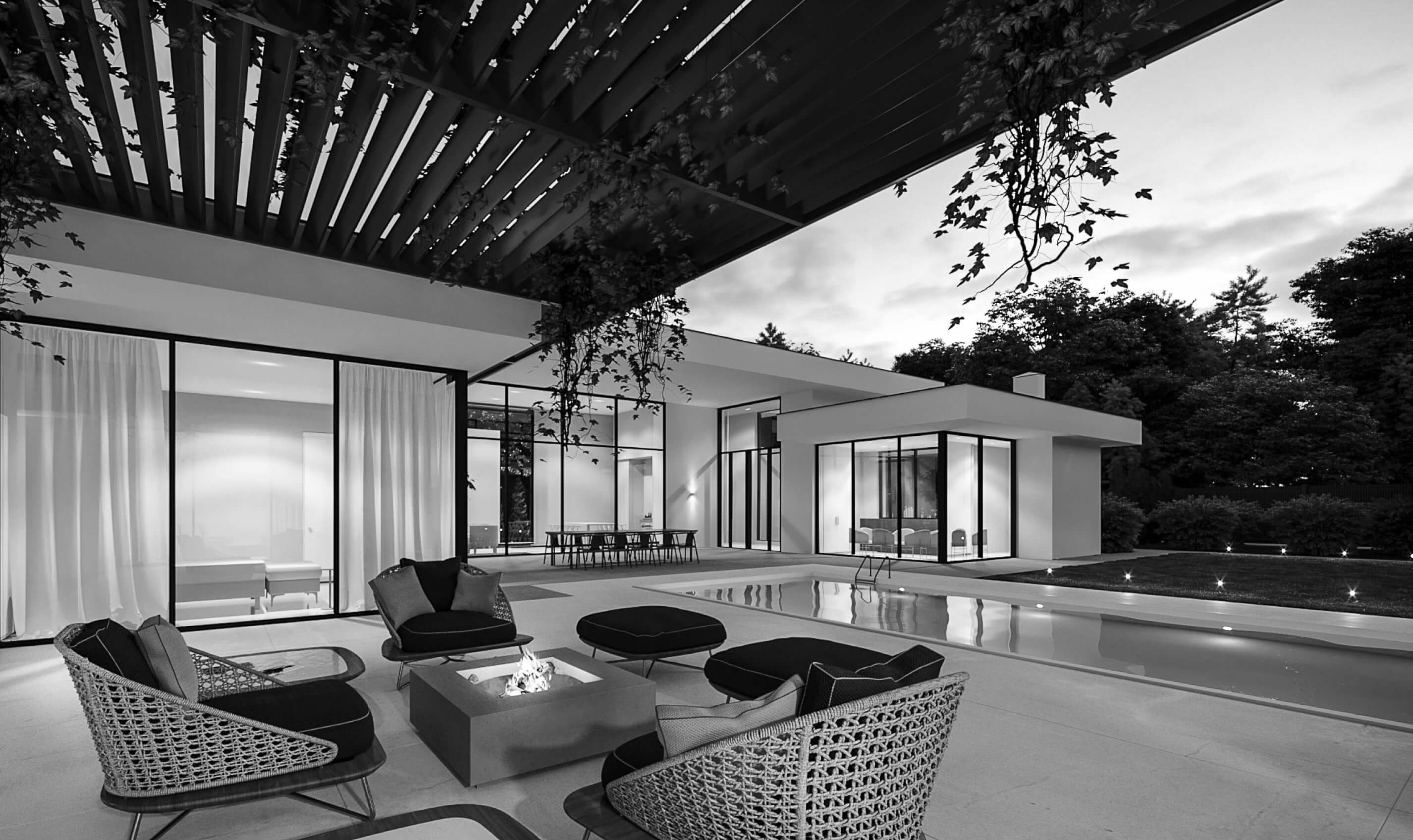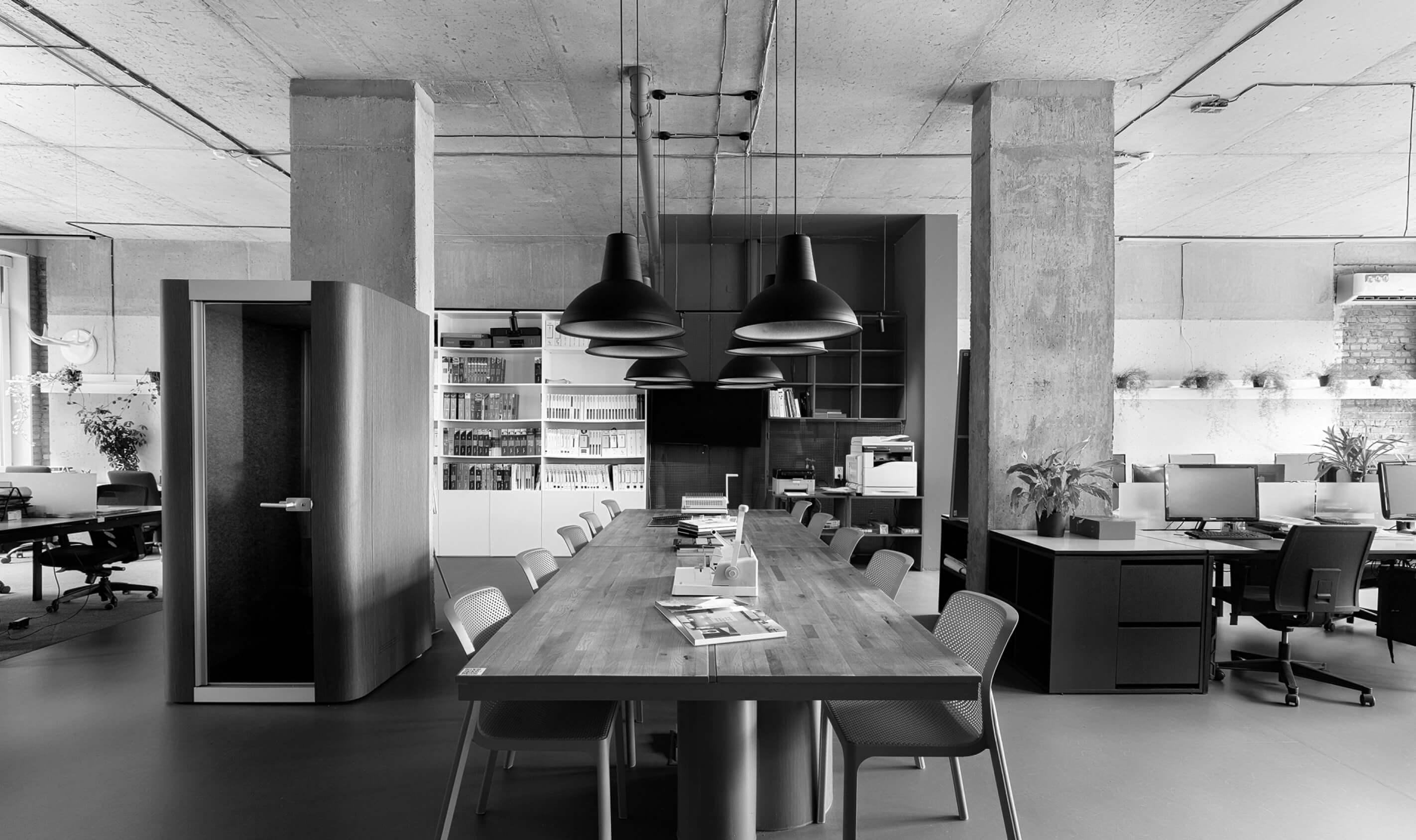If you ever wonder what brands are the most expensive in the world, then in the last 10 years there has been no industry represented in the top 10 more than information technology (software development, Internet companies). It doesn’t matter where you look for information: in Google, Yahoo, Yandex, on Wikipedia pages or information portals dedicated to finance or entertainment. Apple inc., Microsoft, Alphabet Inc., Amazon Inc., Facebook, Alibaba Group, Tencent – these companies’ office space not only raised the bar in interior design, but created a completely different dimension in employee comfort.
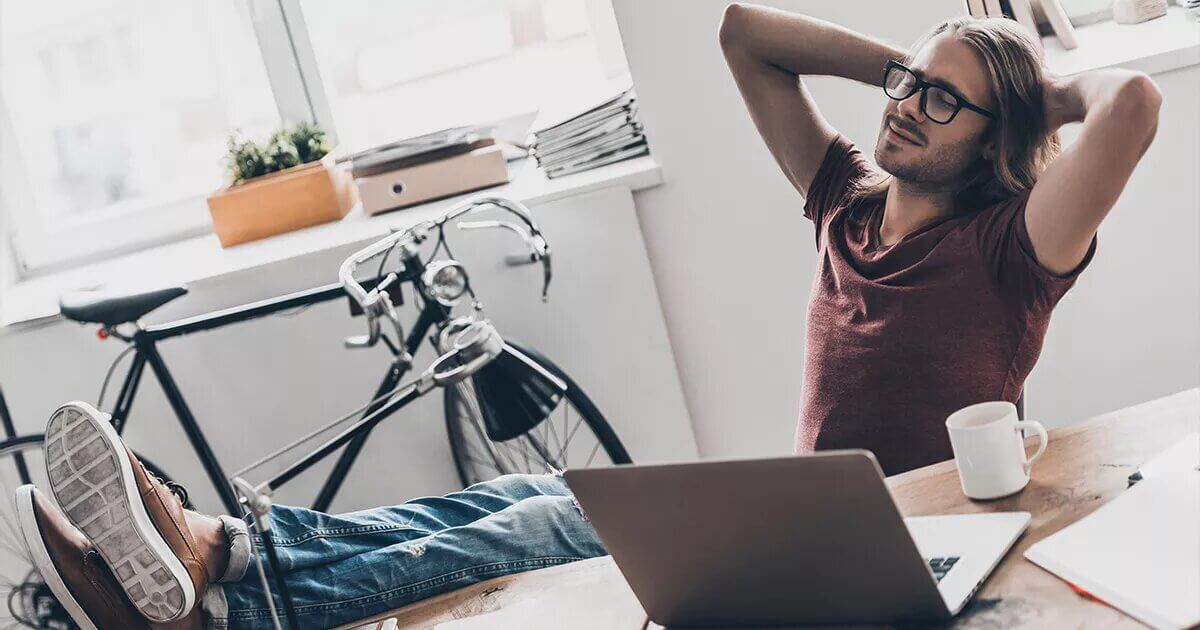
Office after COVID-19
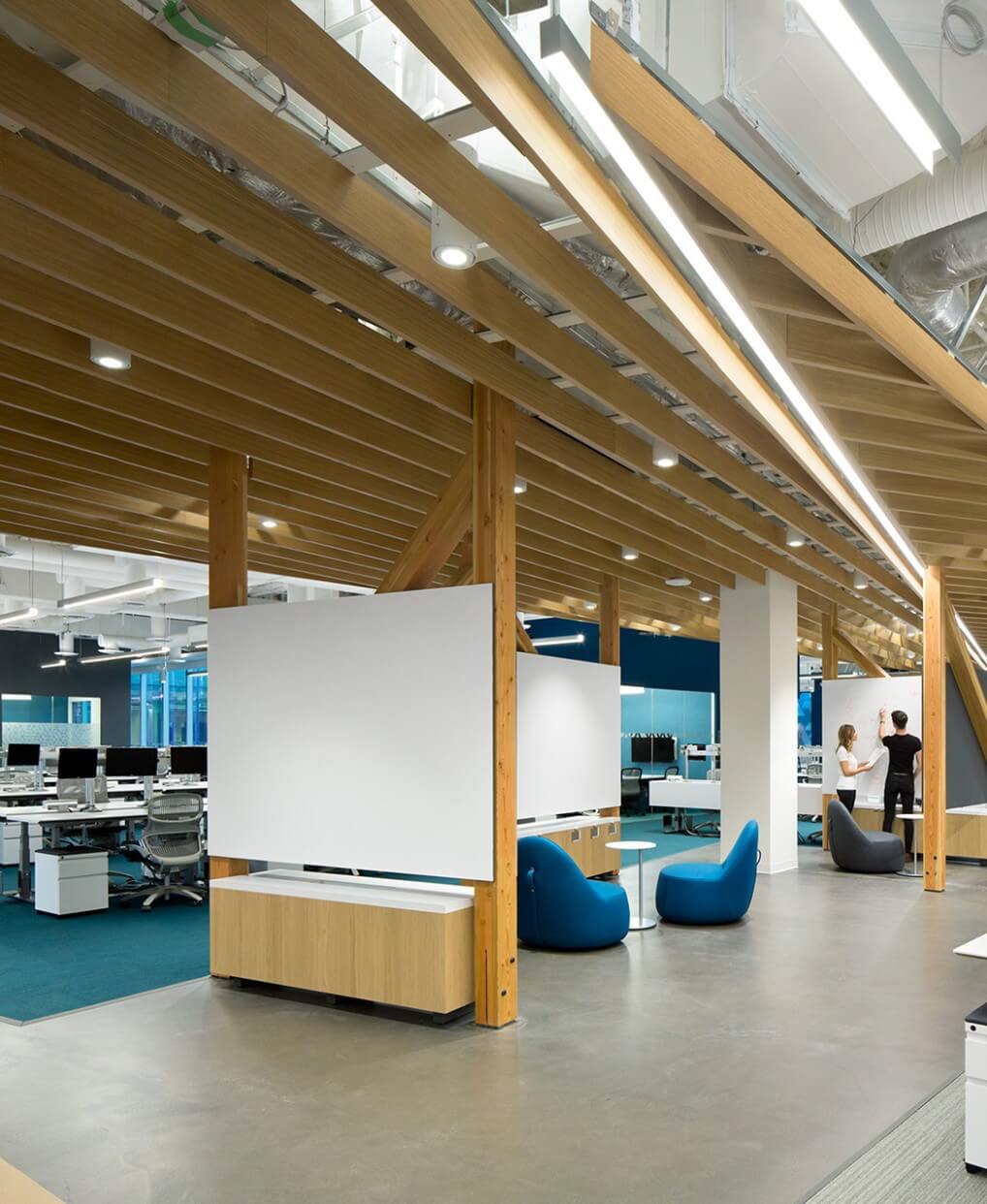
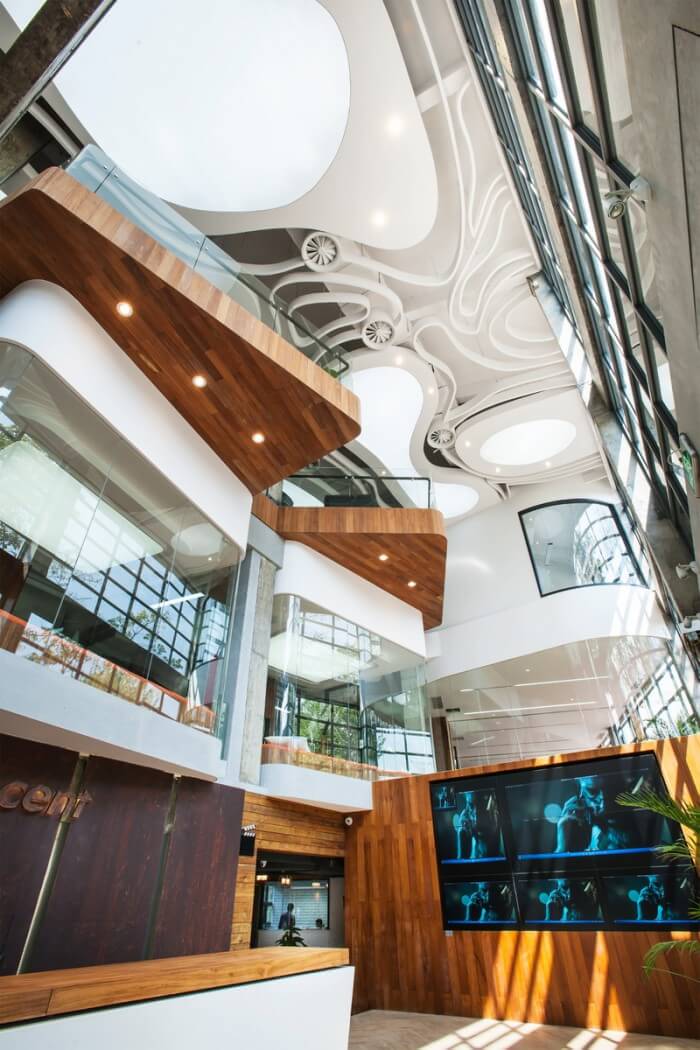
Ukraine is no exception; both world famous IT corporations and small start-up companies are located here. Our architectural company successfully cooperates with both foreign and domestic IT specialists. We have studied all the problems in the daily work of programmers, web designers, administrators and already know how to solve them. Of course, we are not talking about canceling video surveillance, using cards in git or trello, constantly sitting over site rank checkers and endlessly stamping screens in joxi. Unfortunately, the ruthless time trackers will likely have to stay on your computer too.
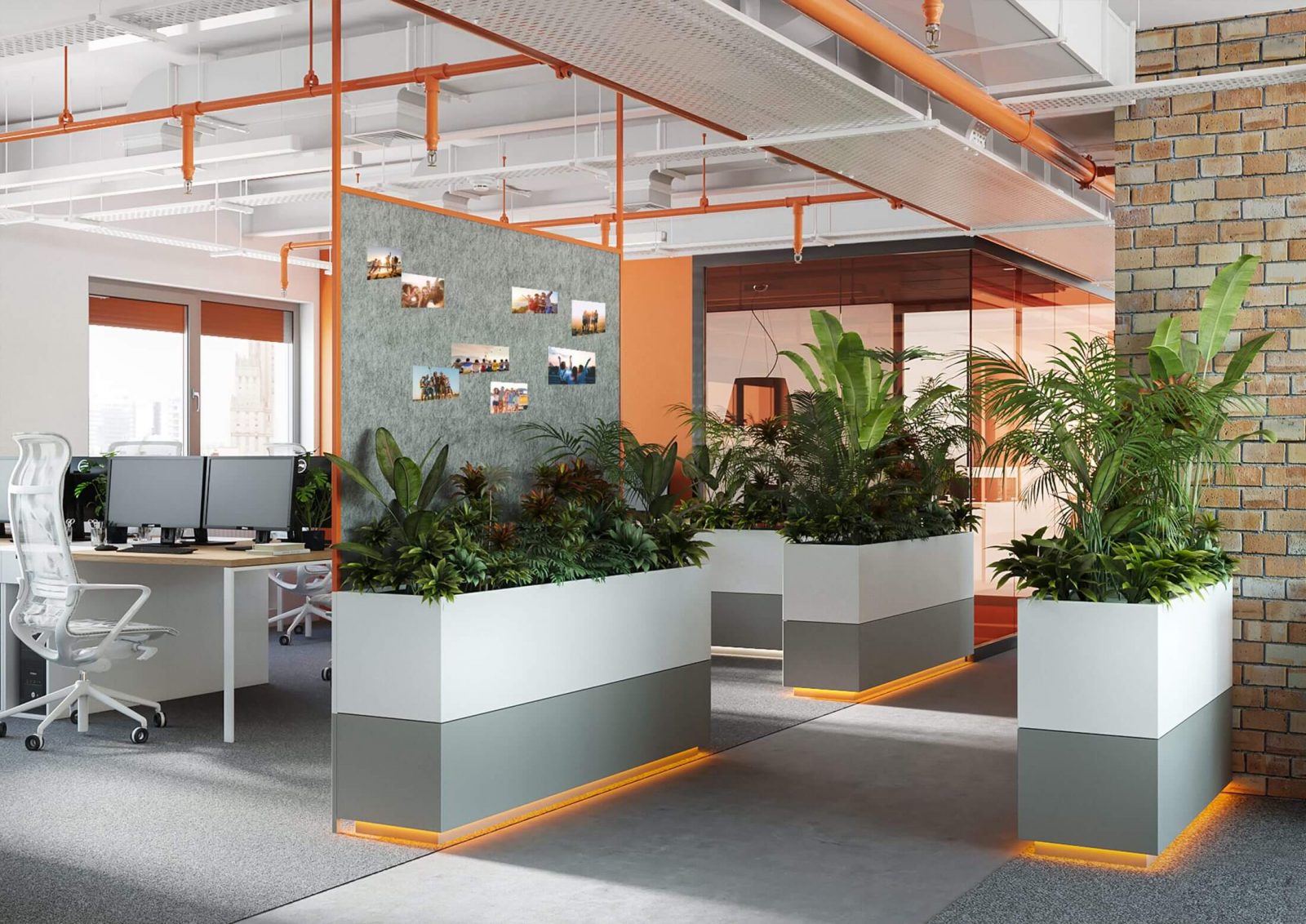
Investing in people is even more important than the cost of information security and privacy for any technology company. Whether you’re working for third-party customers or working on developing your own projects, it’s the people who create the product. This understanding came to IT for a long time, so rooms for meditation, games and gyms, greenhouses, etc. first appeared next to boring open spaces not in investment funds, call centers of insurance corporations or at metallurgical enterprises. Although now they all, as one, follow the trends created by the designers of office space for software developers, games or popular social networks.
For fun, you can see how IT-schnicks from Europe and the USA put up with the hardships of everyday life in open space. And make sure that free planning offices in the capital are absolutely not inferior either visually or in functionality. During the period of COVID-19, not the most innovative, but also not very common, became even more relevant:
1) sensory trash cans, the same taps and dispensers for dispensing paper towels;
2) antibacterial hand gels in public areas;
3) ventilation and air conditioning systems with air purification;
4) antibacterial agents for cleaning the individual workplace;
5) free vaccination of employees.
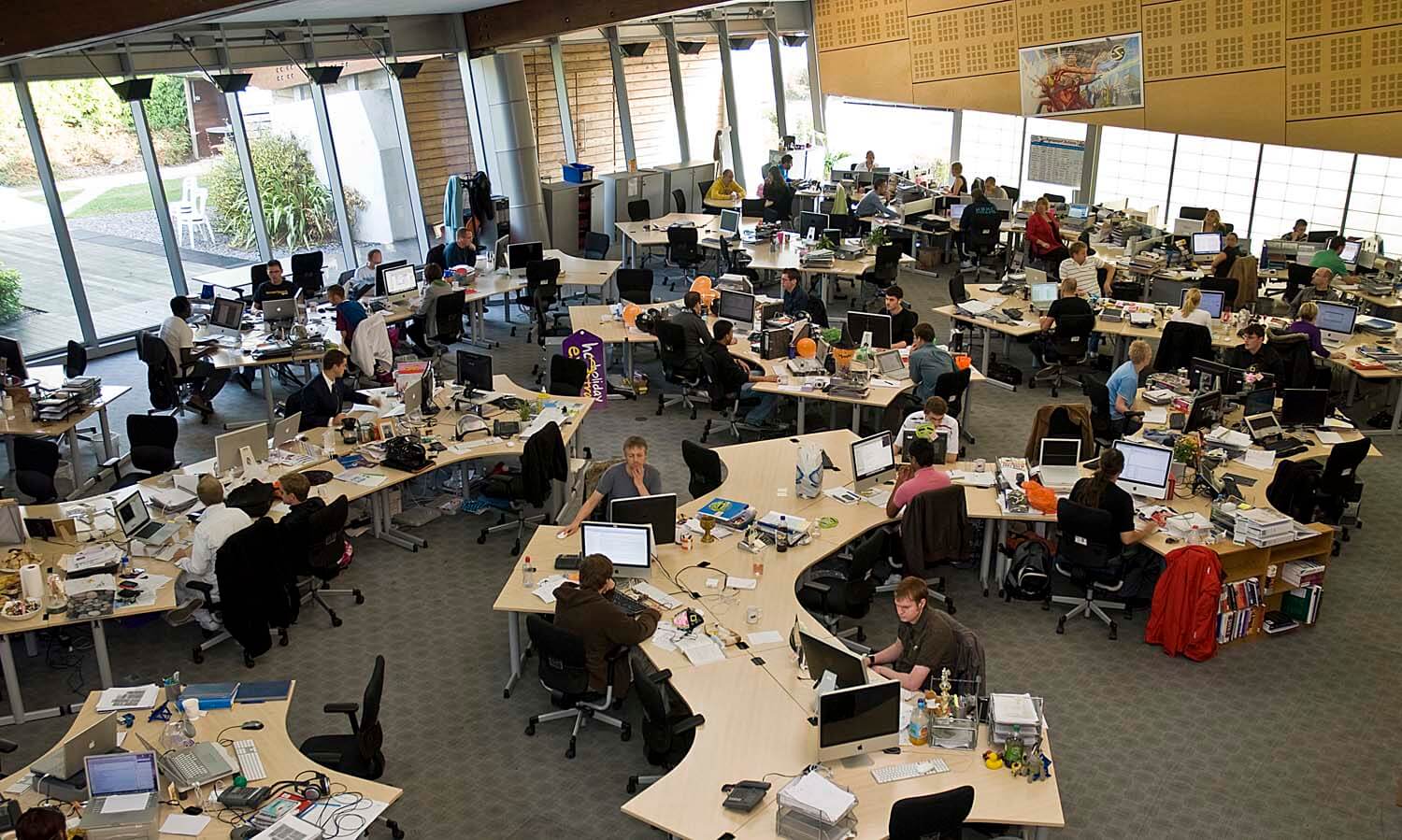
Please note that most of the articles (if it is still interesting to verify the accuracy of the data presented here) devoted to really cool and really safe technologies used in offices in the West, for several years. That is, in the civilized world it has long been known that office workers with open planning get sick, 62% more often (constant uncontrolled tactile contact between employees, not worn door handles, buttons in the elevator, etc.), and have long been working to eliminate this deficiency …
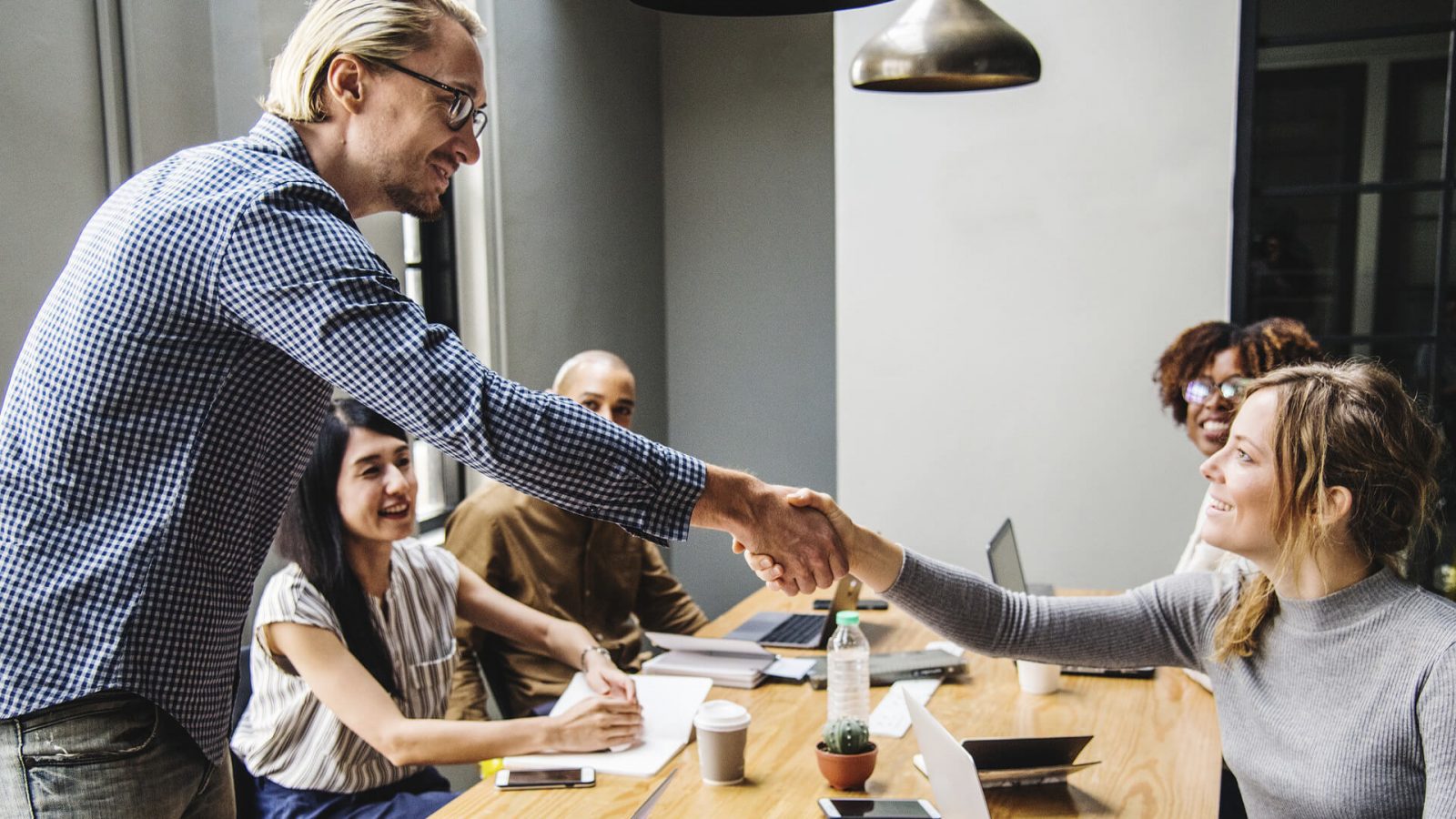
According to the building codes in force in Ukraine, every building must be safe. That is, there are different requirements for the stability of a structure due to an earthquake or evacuation in the event of a fire. But if you are not a programmer in the underground branch of the Umbrella corporation on Borshagovka (although, judging by the development of the plot in Resident Evil, not everything is simple with preventing the spread of the virus among the personnel and the population of the Earth), then you hardly have the happiness of working in an office building with antiviral protection.
At the same time, many companies (especially among specialists in office interior design) have not just thought about the acceptable conditions for staff returning to the office table, but have already proposed several options for making them ideal enough. Even the most modest knowledge of English and minimal experience in SEO (or the skill of searching for the third season of Westworld from HBO not blocked in Ukraine) may be enough to read one interesting article. Of course, we will not rewrite it. The question here is different: do you think your management will want to implement the open space concept in the six feet office?

We understand that a distance of 2 meters is not a panacea, all the more so for a viral infection it is generally a minimal obstacle, because you can get sick at home, getting infected from your mother-in-law, on your way to work (if you are not one of those lucky ones who live across the street from the office), in the supermarket, even having received the delivery of a pack of masks from a courier who bypassed another 50 addresses in front of your apartment in a day. Despite the fact that the tradition of shaking hands at a meeting still remains, the use of the same door handles or a water tap without spraying with antiseptic and washing hands after, and not before the toilet (and after all, in every office there is at least one brutal that does not wash hands at all if not taking a shower or bath).
We also understand that when COVID-19 remains a memory, the annual epidemics of influenza, SARS and other diseases transmitted by airborne droplets will remain. As in any office, there are always Stakhanovites who are ready to correct the code on the site and cough in your ear while discussing design edits. So yes, 6 feet (approximately 1.8 m) will not be 100% safe against all viruses, bacteria and fungi, but it will definitely improve your chances of staying healthy while in the workplace. And the employer does not lose responsibility for an unimaginably expensive project, and the same proger, after office work, does not think about the will, but looks at the weather in Fiji next week.
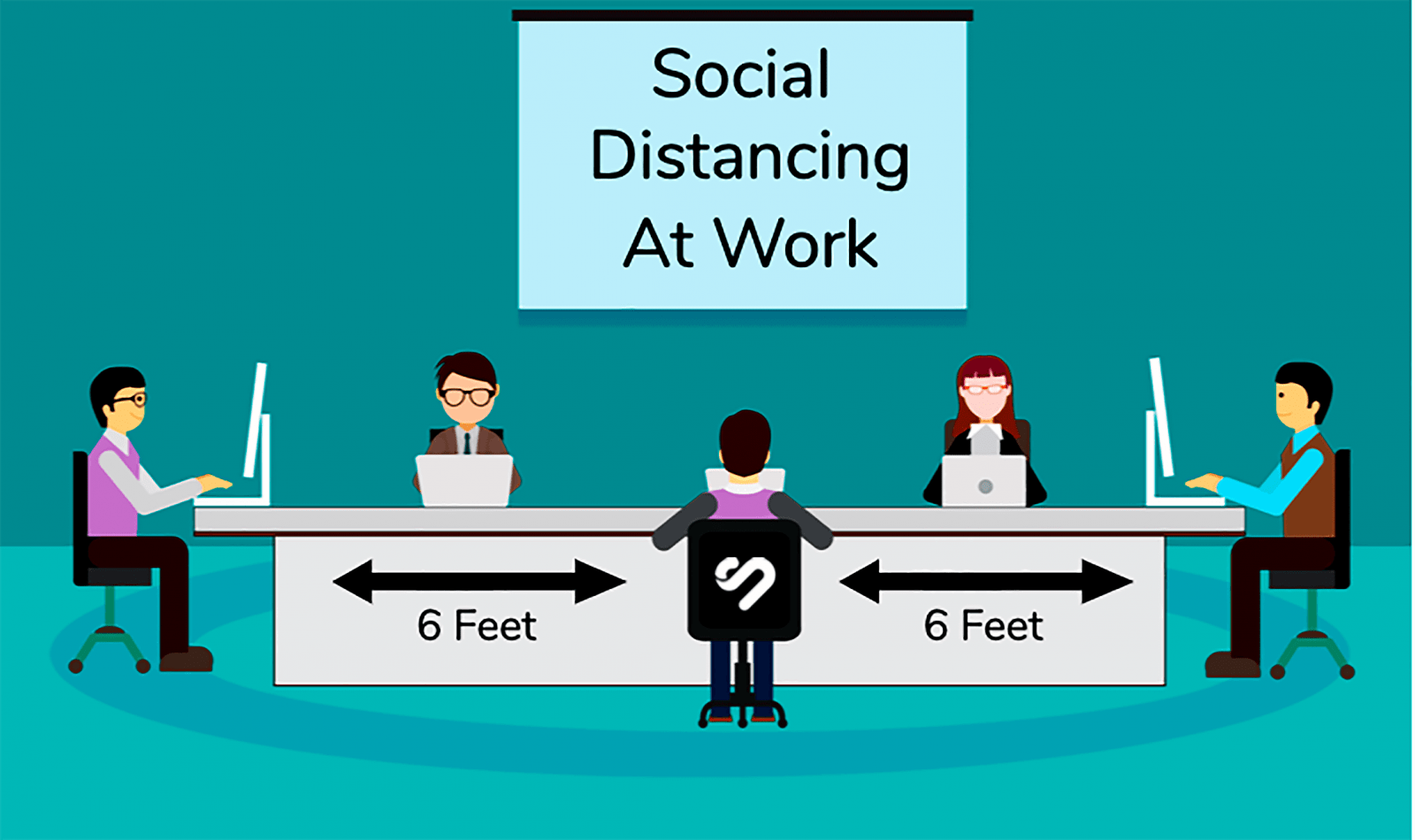
We wondered how people felt in self-isolation, and conducted a small survey among their friends. After receiving all the answers, we selected the most popular ones.
Here are some of them:
● the need to agree on who and when will have dinner in the kitchen has disappeared;
● stopped getting upset about running out of coffee, cookies, sugar, napkins or toilet paper;
● wait for your turn to the copier, coffee machine or toilet;
● stopped turning on the sound in the headphones to the maximum in order to distract from the office noise;
● worry if a programmer, designer, copywriter or link builder (his children, wife, mother-in-law or neighbors) is sick with something contagious, whom he just shook hands with – after all, all my colleagues are now at home too;
● catch up with the minibus and fight for survival on the way to work with the same young and promising (or almost young and not so long ago promising).
At the same time, they began to communicate more often with the monitor screen and now they can spend the whole day in correspondence. The link builder decided to have lunch, the designer’s Skype “hung up”, the programmer corresponded with the team lead of administrators, and my office turned into a playroom for half an hour. Everything that not so long ago could be quickly explained in the kitchen or in 5 minutes of a smoke break, now you have to print for hours, make screenshots and additional descriptions, and so on.
And so the bottom line is: less noise from colleagues and more noise from children, less risk of infection and more temptations in the home kitchen. It seems that the balance is also observed, but definitely not in favor of the working atmosphere, since you still need to be able to work at home (especially when no one leaves the house).

We think that more than one year will pass until the West revises the concept of organizing a workplace, if, in principle, there is a need for this. The list of epidemics in recent years is really not a couple of items and each threat was fatal (typhoid fever, SARS, swine and bird flu, Ebola virus). But be that as it may, over time, these design solutions will come to Ukraine.
At the same time, such an office space is just one example. In the process of thinking about “what a secure office should look like” and a corresponding search on Google, you can easily find many interesting options in Ukraine. Even in the capital, there have long been offices where the problem of acoustics in open space has been solved, and thoughtful landscaping and lighting systems make it possible to forget about various drops in the nose and eyes due to dry air and a lamp flickering overhead. At the same time, there are many examples of IT-shny office premises, where individual workplaces have already been created with the optimal distance between them, contactless access to the premises and other “goodies”.
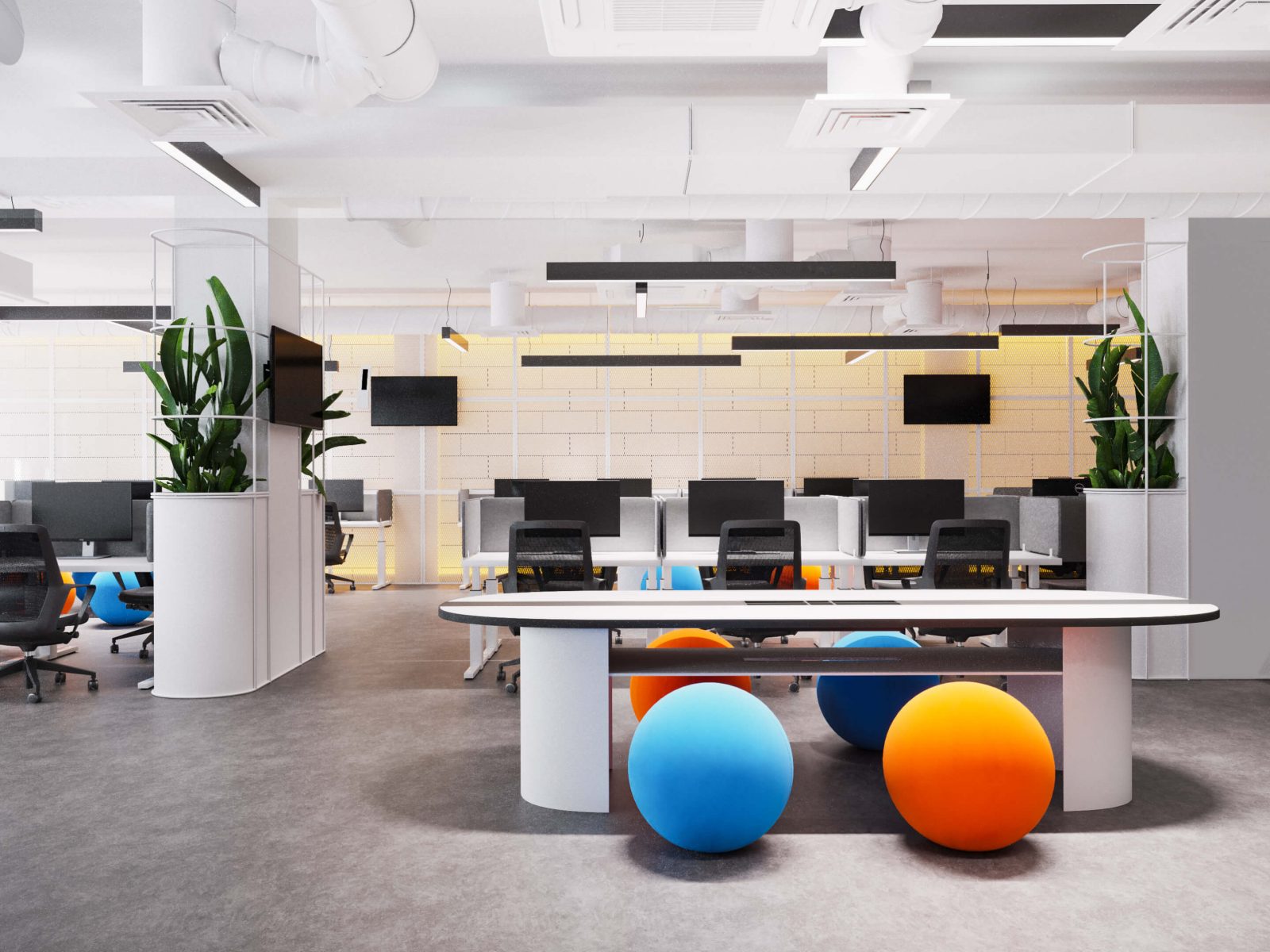
Although ventilation and air conditioning systems with air disinfection by ultraviolet rays still remain “secret technologies” and how many office premises are equipped with them not only in Ukraine, but also in the world is a question of a separate study. If you, too, think that in theory it would still be nice to work in an office with a design by Ralph Peralt – comfortable and safe. Ask the management, maybe they are also for doing:
● more partitions and screens between desktops;
● voice elevators;
● air conditioning systems for the office.
Agree, from such a space I don’t really want to go to “remote” or to freelance. Therefore, such a solution is beneficial to everyone: both a simple IT-specialist and his employer from Silicon Valley. But it is very easy to leave the room without regrets, where landscaping is 3 flowerpots, and care for the health of the staff is symbolized by an almost empty bottle of antibacterial gel in the kitchen.
We are sure that after the COVID-19 pandemic, it is easier than for everyone else to find the right IT specialist for the employer who takes care of at least elementary (so far only for the West) security:
1. Increased distance between workplaces.
2. Antiseptics in the office and daily cleaning with chemistry (at night).
3. Contactless access to the premises.
4. Cleaning the ventilation system with disinfectants or ultraviolet lamps.
5. Remote biometric reading of temperature and other health indicators upon entry
Because everyone already has relaxation rooms, paid gym membership and discounts on cinema visits, and the salary of experienced IT-specialists in one area does not differ much (unless, of course, they are compared with successful freelancers – but they are more of exactly that exception, which proves the rule). But only those who ordered the design from us have a really cool office in Kiev, but remember the design should solve business problems, and today it is the preservation of the health of employees!
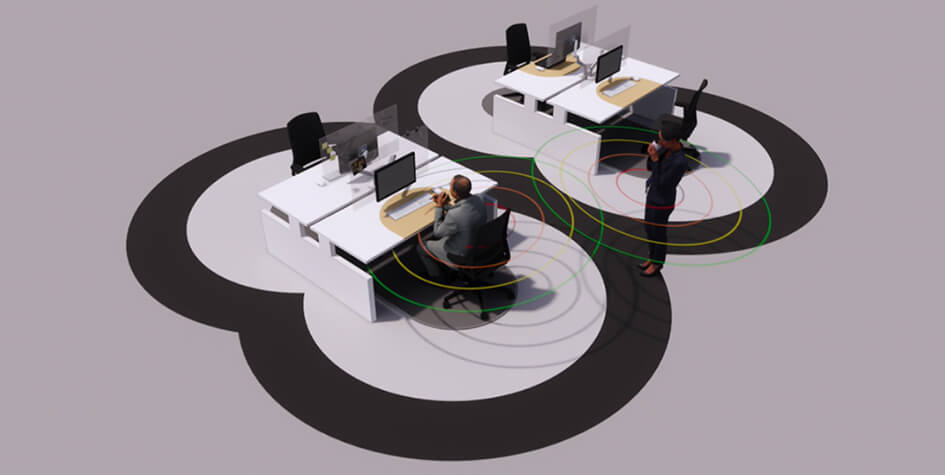

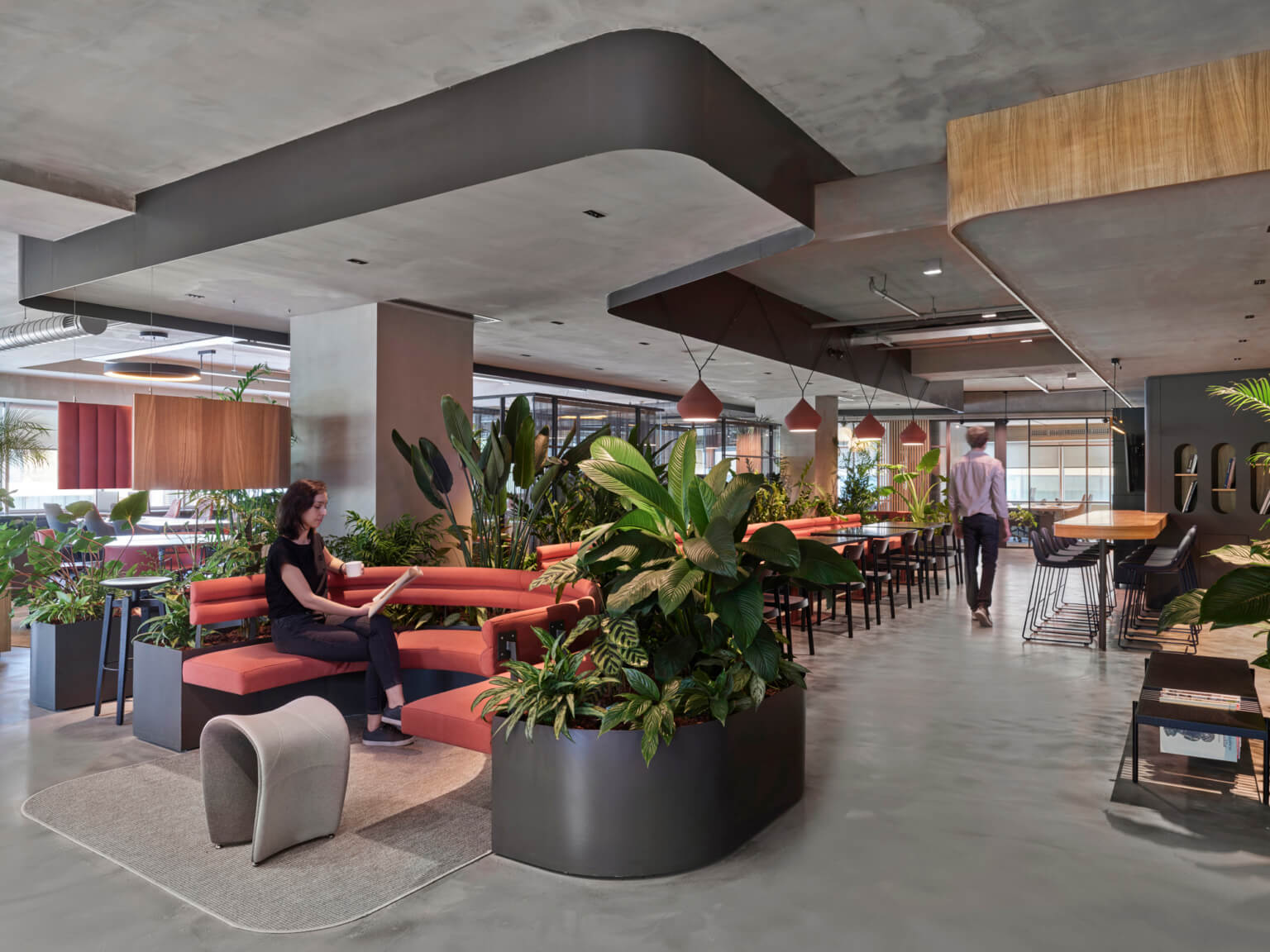

 Back
Back Back
Back



